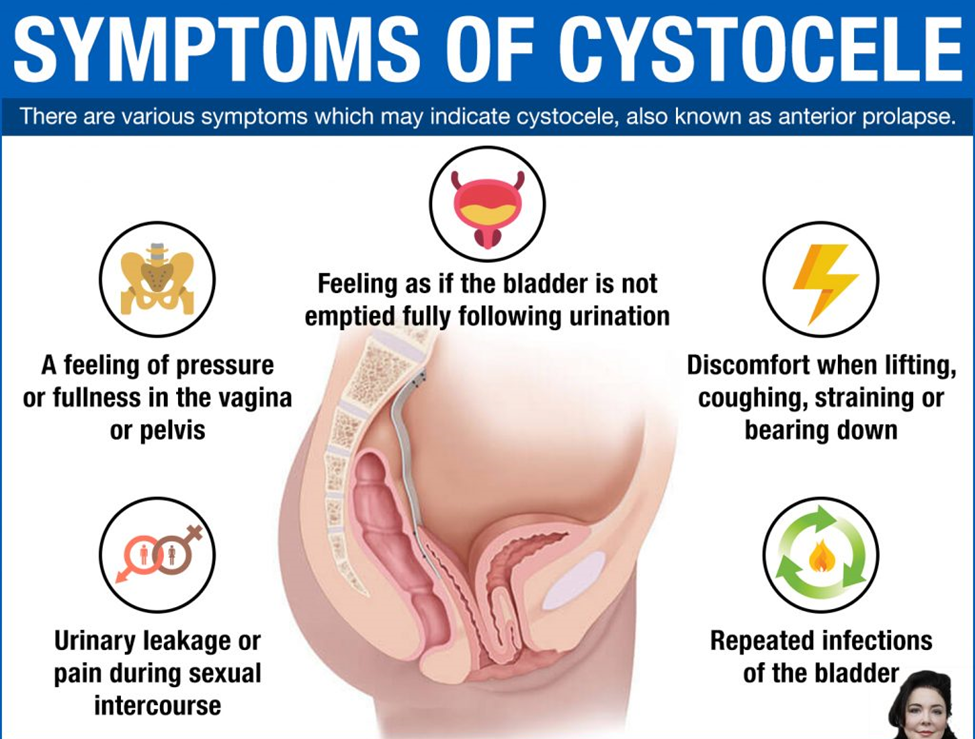During a clinical breast examination, the nurse palpates a well-defined, firm, mobile lump in a 60-year-old woman's left breast. The nurse notifies the primary care provider. What would the nurse anticipate the care provider to prescribe next?
mammogram
hormone receptor status
fine-needle aspiration
genetic testing for BRCA
The Correct Answer is A
A. Mammogram
A mammogram is typically the next step in the diagnostic process when a breast lump is detected during a clinical breast examination. Mammography allows for further evaluation of the lump and surrounding breast tissue to determine its characteristics, such as size, shape, and density. It is an important tool for detecting breast abnormalities, including masses and calcifications, which can help in diagnosing breast cancer.
B. Hormone receptor status
While hormone receptor status testing may be part of the diagnostic workup for breast cancer, it is usually not the immediate next step after discovering a breast lump during a clinical examination. Hormone receptor status testing is typically performed after a confirmed diagnosis of breast cancer to guide treatment decisions, such as the use of hormone therapy.
C. Fine-needle aspiration
Fine-needle aspiration (FNA) may be used in conjunction with other diagnostic tests, such as mammography or ultrasound, to further evaluate a breast lump. However, it is not typically the first step in the diagnostic process, especially if a lump is found during a clinical breast examination. FNA involves using a thin needle to extract cells or fluid from the lump for examination under a microscope to determine if it is benign or malignant.
D. Genetic testing for BRCA
Genetic testing for BRCA mutations is typically not the immediate next step after finding a breast lump during a clinical examination. Genetic testing for BRCA mutations is usually recommended for individuals with a strong family history of breast or ovarian cancer or those who meet specific criteria based on personal or family history. It is not typically the initial diagnostic step in evaluating a breast lump.
Nursing Test Bank
Naxlex Comprehensive Predictor Exams
Related Questions
Correct Answer is A
Explanation
A. Stress incontinence with feeling of low abdominal pressure.
Cystocele and rectocele repairs are often performed to address pelvic organ prolapse, which can lead to symptoms such as stress incontinence. Stress incontinence is characterized by the leakage of urine during activities that increase intra-abdominal pressure, such as coughing, sneezing, laughing, or lifting. The feeling of low abdominal pressure is consistent with the symptoms experienced by women with cystocele and rectocele, as the prolapse of pelvic organs can cause sensations of pressure or fullness in the lower abdomen.
B. Menstrual irregularities and hirsutism on the chin:
These symptoms are more indicative of hormonal imbalances, such as polycystic ovary syndrome (PCOS), which is characterized by irregular menstrual cycles, hirsutism (excessive hair growth), and other symptoms related to androgen excess. These symptoms are not typically associated with cystocele and rectocele repairs or the number of children a woman has.
C. Heavy leukorrhea with vulvar pruritus:
Leukorrhea refers to vaginal discharge, and vulvar pruritus refers to itching of the external genitalia. These symptoms are more suggestive of vaginal infections or other gynecological conditions unrelated to cystocele and rectocele repairs or the number of children a woman has.
D. Sporadic vaginal bleeding accompanied by chronic pelvic pain:
Sporadic vaginal bleeding and chronic pelvic pain may be indicative of various gynecological conditions, such as uterine fibroids, endometriosis, or cervical dysplasia. However, they are not typically associated with cystocele and rectocele repairs or the number of children a woman has.

Correct Answer is ["C","D"]
Explanation
A. "Your membranes may rupture earlier than normal." - This statement is not directly associated with chlamydia infection during pregnancy. Premature rupture of membranes (PROM) can occur due to various factors, but chlamydia infection is not a direct cause.
B. "It will not have any effect on your pregnancy." - This statement is incorrect. Chlamydia infection during pregnancy can have implications for both the mother and the baby, so it is not accurate to say it will not have any effect.
C. "Your newborn can be infected during birth." - This is an accurate statement. Chlamydia can be transmitted from the mother to the newborn during vaginal childbirth, leading to neonatal chlamydial infection.
D. "Your newborn may have eye infections from this infection." - This is also correct. Neonatal chlamydial infection can cause conjunctivitis (eye infection) in newborns if they are exposed to the bacteria during delivery.
E. "Your newborn is protected from this infection." - This statement is incorrect. Newborns are not inherently protected from chlamydial infection if the mother is infected. Without appropriate treatment and preventive measures, the newborn can contract the infection during birth.
Whether you are a student looking to ace your exams or a practicing nurse seeking to enhance your expertise , our nursing education contents will empower you with the confidence and competence to make a difference in the lives of patients and become a respected leader in the healthcare field.
Visit Naxlex, invest in your future and unlock endless possibilities with our unparalleled nursing education contents today
Report Wrong Answer on the Current Question
Do you disagree with the answer? If yes, what is your expected answer? Explain.
Kindly be descriptive with the issue you are facing.
